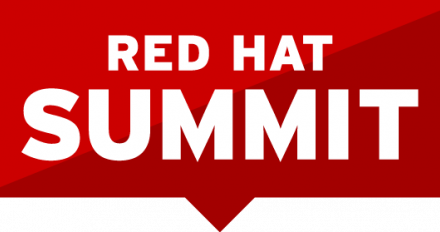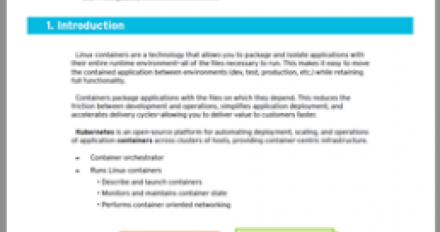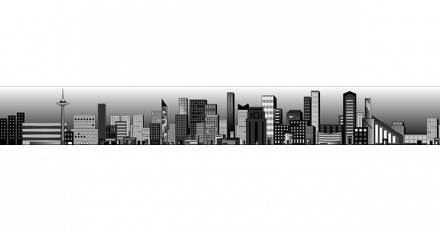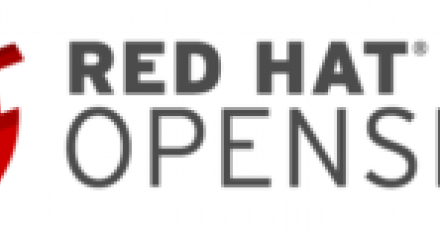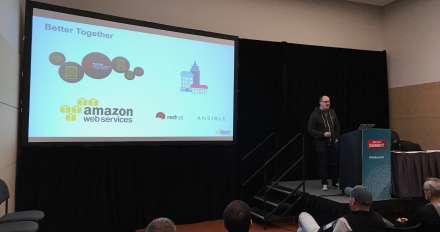
DevNation 2015 Keynote - Matt Hicks - The future of development with Kubernetes and Docker
You've probably heard a lot about Linux containers and the exciting potential they hold. In this presentation, Matt Hicks will cover how Docker and Kubernetes have evolved to fundamentally change how you will approach development and operations. If you are looking for an understanding of the technology and how it relates to the common roles in IT today, this is the talk to watch.









